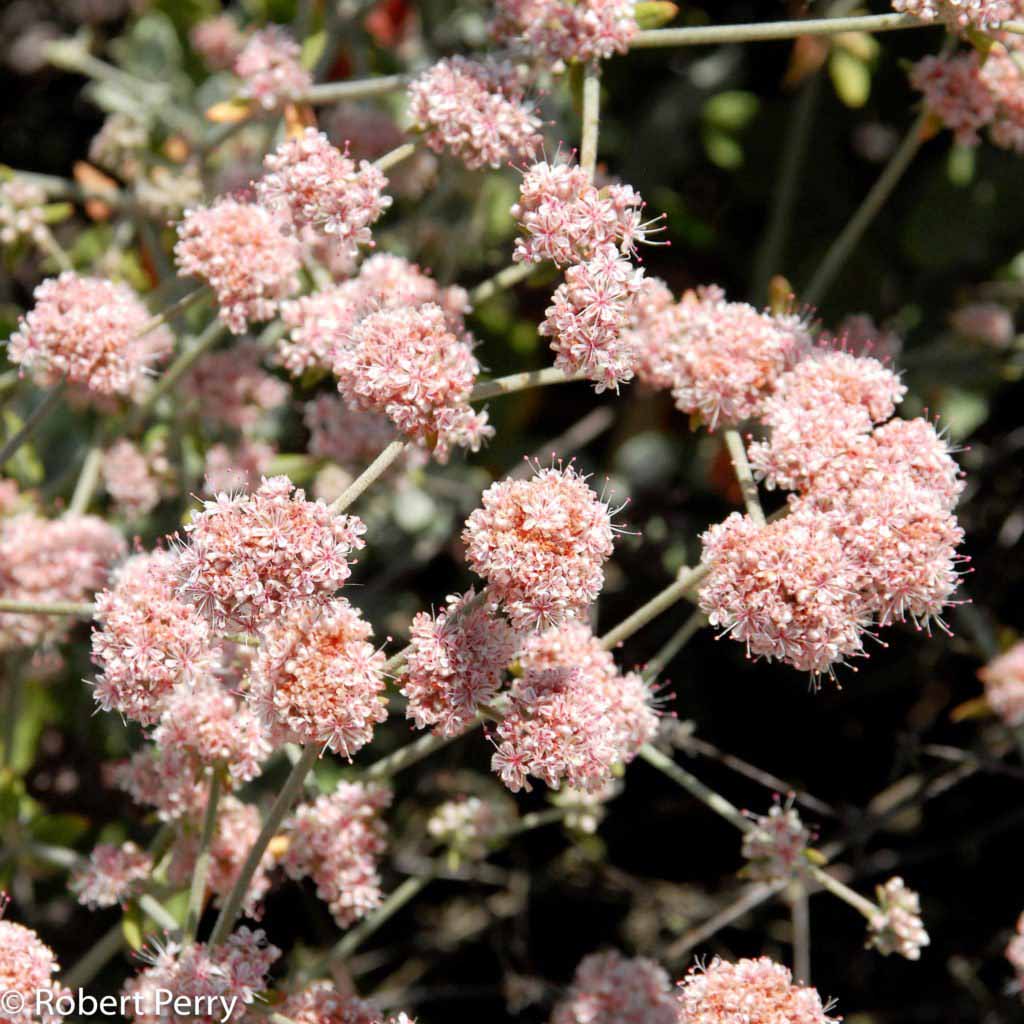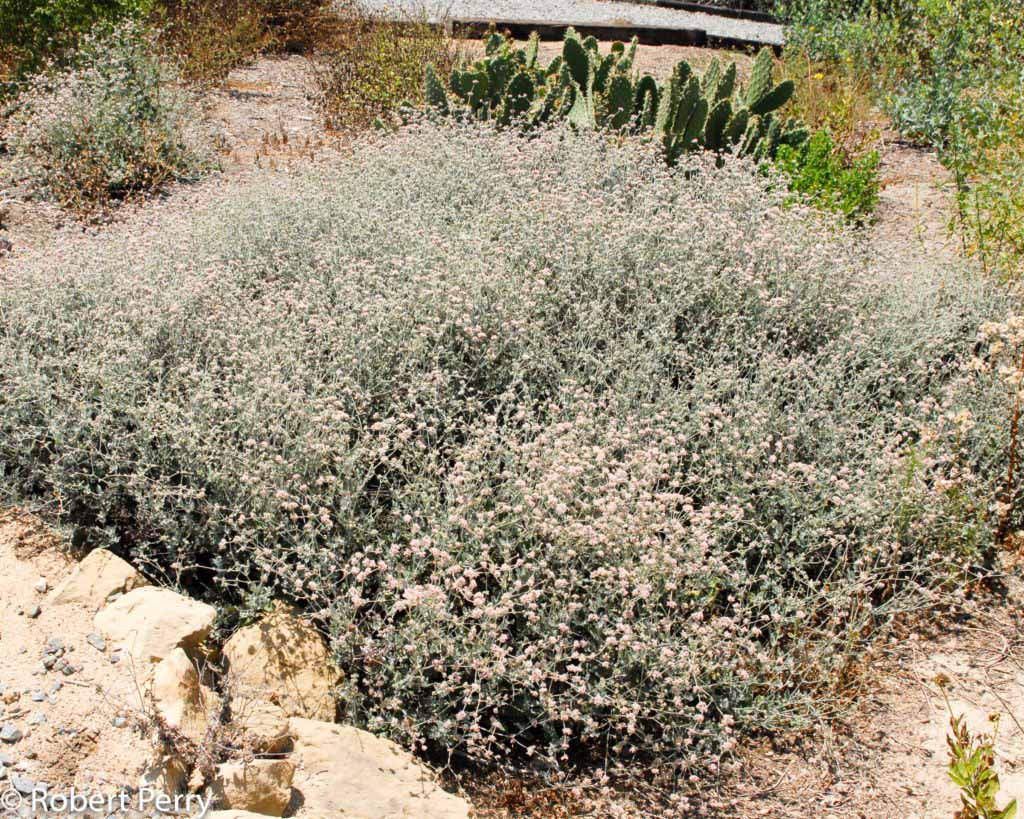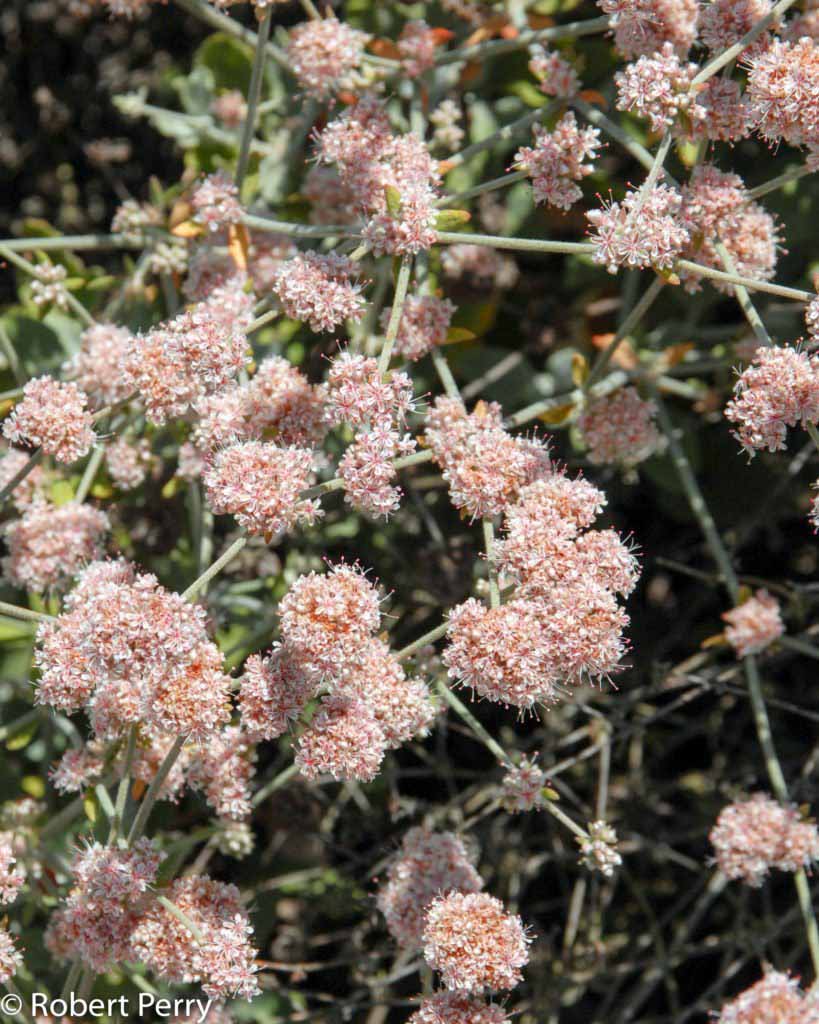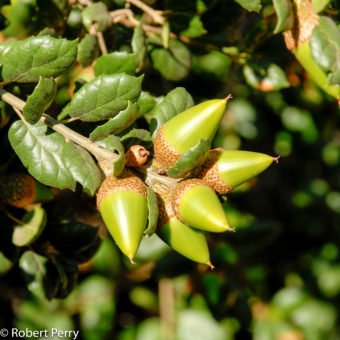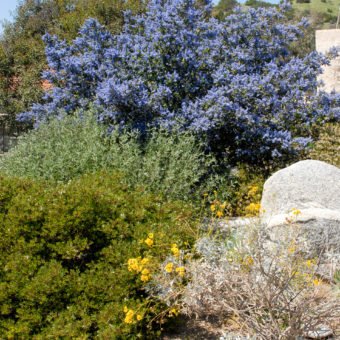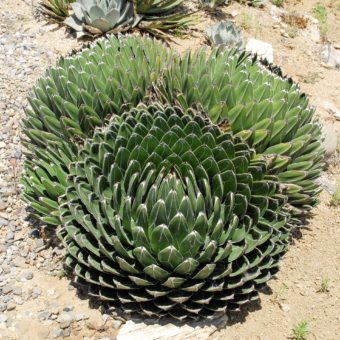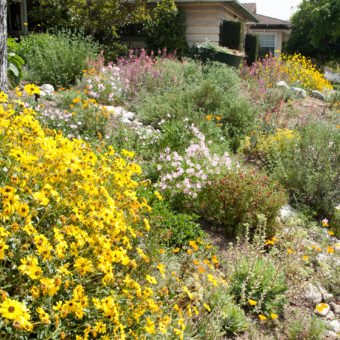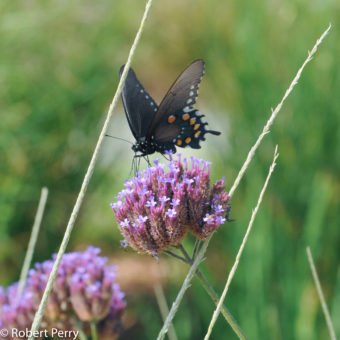Ashyleaf buckwheat is highly adapted to sunny garden locations on well drained soils and with low amounts of supplemental water during summer. The chart shown below provides a recommended baseline guide to the monthly irrigation schedule and volume of supplemental water needed to maintain healthy growth throughout the average year. It should be noted there are several months indicated by an asterisk (*) when winter rains can provide sufficient moisture and irrigation is not needed. The high and low range of moisture indicates it can grow with varying amounts of water; more water in the spring will result in a longer flowering season.
| |
Jan* |
Feb* |
Mar* |
Apr |
May |
Jun |
Jul |
Aug |
Sep |
Oct |
Nov* |
Dec* |
| Runs per Month |
0x to 2x |
0x to 2x |
0x to 2x |
1x |
1x |
1x |
1x |
1x |
1x |
1x |
0x to 2x |
0x to 2x |
| Inches per Run |
1″ |
1″ |
1″ |
1″ |
1″ |
1″ |
1″ |
1″ |
1″ |
1″ |
1″ |
1″ |
| |
| Inches per Month |
0″ to 2″ |
0″ to 2″ |
0″ to 2″ |
1″ |
1″ |
1″ |
1″ |
1″ |
1″ |
1″ |
0″ to 2″ |
0″ to 2″ |
Range of supplemental summer water: 7"
Range of supplemental winter water: 0"-10"
| |
0″-2″ |
0″-2″ |
0″-2″ |
1″ |
1″ |
1″ |
1″ |
1″ |
1″ |
1″ |
0″-2″ |
0″-2″ |
| |
Jan* |
Feb* |
Mar* |
Apr |
May |
Jun |
Jul |
Aug |
Sep |
Oct |
Nov* |
Dec* |
For more information on how to use this Irrigation Schedule and Graph, follow this link.
For information how to calculate your irrigation system’s schedule and precipitation rate, please follow this link.
Generally, little maintenance is necessary. To control size, cut back as much of the new-ish growth as desired while not in flower (April-ish). Do not prune in late spring as you will remove forming buds which will form this season’s blooms. After flowering, leave spent flowers to dry into red / brown clusters. This is part of the desired look of native buckwheats. The seeds develop into valuable wildlife food and help shade the plant in the summer heat (1). “Deadheading” buckwheats would be tedious and time consuming and would take away much of what there is to love about this plant. Keep things easy and don’t worry about it (S). If desired, remove dried seed heads beginning in mid-September and into the fall (1). Older plants that look like they need refreshing can be cut back hard into older wood in November. Expect new growth to emerge within a few weeks (1). If desired, they can also be lightly headed back in fall just to clean up form and encourage denser growth (7).
References 